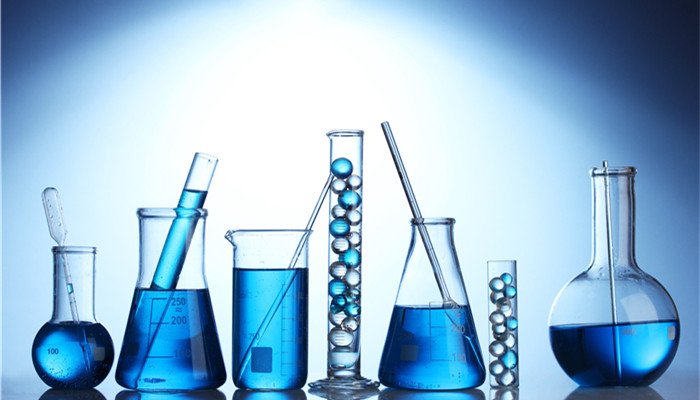
The types of demulsifier products are becoming increasingly abundant and the market competition is fierce.
Demulsifiers refer to surfactants that can destroy emulsions. They are easily soluble in water and appear as light yellow or milky white viscous liquids. The function of demulsifier is to break the emulsion and separate the emulsion into oil and water. It is a common chemical agent and can be used in crude oil processing, wastewater and sludge treatment, petroleum refining, oil-water separation, scientific research and other scenarios. The terminal application fields include Textile, printing and dyeing, papermaking, pharmaceuticals, petroleum, chemical industry, environmental protection, research, etc.
With the continuous advancement of technology, the types of demulsifiers are increasing. According to different compositions, demulsifiers can be divided into organic demulsifiers, inorganic demulsifiers, biological demulsifiers, etc.; according to different properties, they can be divided into water-soluble demulsifiers and oil-soluble demulsifiers; according to different structures, they can be divided into cationic Type, anionic, nonionic, and two-type ionic demulsifiers.
Nonionic demulsifiers can also be subdivided into SP type demulsifiers, AP type demulsifiers, AE type demulsifiers, AR type demulsifiers, etc. according to different components. In addition, as environmental protection supervision continues to strengthen, the research and development of more green, environmentally friendly and degradable demulsifiers is accelerating. In the future, the types of demulsifier products will be more abundant and the application fields will continue to expand.
At present, crude oil processing and wastewater treatment are the main application areas of demulsifiers. In terms of wastewater treatment, the total domestic industrial and urban sewage discharge in 2022 has exceeded 45 billion cubic meters; in terms of crude oil processing, according to data from the National Energy Administration, domestic crude oil production will reach 200 million tons in 2022. Currently, driven by the rapid development of downstream application fields, the market demand for demulsifiers continues to grow and its scale continues to expand. According to the“2023-2028 Demulsifier Industry Market In-depth Research and Investment Prospect Forecast Analysis Report” released by the Industrial Research Center shows that the domestic demulsifier market size is growing at a compound annual growth rate of over 5% from 2018 to 2022, and the market development prospects are broad.
There are many domestic demulsifier manufacturers. The main companies include Nanjing Huida Chemical, Panjin Fulong Chemical, Binhua Group, Guangzhou Zhenqing Environmental Protection Technology, Shaanxi Ande Technology, Kaifeng Hongyuan Water Treatment Technology, Shandong Binhua Dongrui Chemical, Shijiazhuang Juye Chemical Additives, Nantong Watson Environmental Technology, Guangdong Shanmei Environmental Technology, etc. have fierce market competition. In the future, against the backdrop of increasingly severe environmental protection requirements in the chemical industry, demulsifier companies with strong environmental product research and development capabilities and sufficient capital supply can achieve production and development in the fierce market. Therefore, local demulsifier companies need to continue to improve their competitiveness in the future.
Industry analysts said that demulsifiers are a common chemical agent used in petroleum, chemical industry, and environmental protection. , scientific research and other fields play an important role. With the continuous upgrading of technology and the rapid development of downstream markets, domestic demulsifier product types are becoming increasingly rich, the market scale continues to expand, and the development trend is good. At present, there are many domestic demulsifier manufacturers and the market competition is fierce.

 微信扫一扫打赏
微信扫一扫打赏

